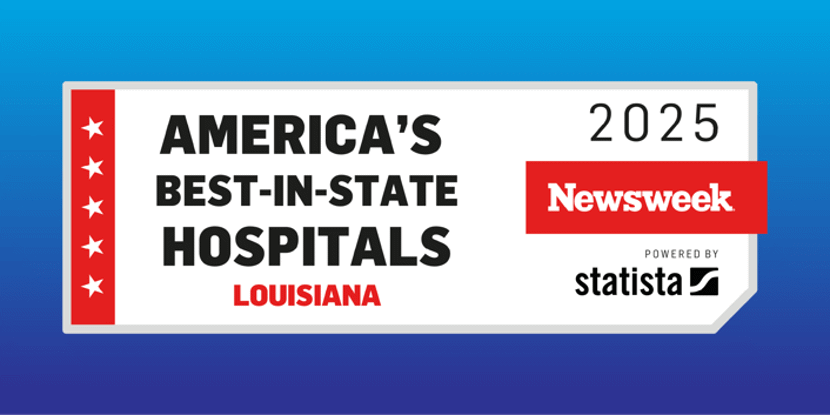Physical Rehab Explained
- Category: Rehabilitation
- Posted On:

Experiencing a medical event can be challenging and scary. This disruption to your everyday life and the long road to recovery can leave you feeling stressed and overwhelmed. Navigating the healthcare system can be challenging, especially with the jargon and medical lingo that can leave you with more questions about your health. Below is a guide to some frequently used terms in the world of physical rehab and recovery.
The clinical staff and physicians here at Lake Charles Memorial Health System are here to walk beside you through your physical rehabilitation journey - through inpatient and outpatient rehab. We want to be an advocate for you! We encourage you and your caregiver to ask questions to the doctors and nurses around you so that you can feel a sense of empowerment as you continue your journey of recovery.
ADL - Activities of Daily Living, which include self-care skills such as eating, bathing, toileting, hobbies, and other vocational skills.
AFO - Ankle Foot Orthosis (plastic brace) to support foot and ankle.
Ambulation - Getting from place to place by walking. An assistive device may be necessary.
Aphasia - Inability to express yourself properly through speech or the loss of verbal comprehension.
Apraxia - Inability to start and carry out certain purposeful movements (when a muscle group will not do what our minds tell it).
Assistive Device - A walker, cane, or crutch. Any device that helps you walk or maintain your balance.
Cognition - An individual's process of thinking (including attention, problem-solving, perception, judgment, and memory).
Dysarthria - Difficulty with muscles responsible for producing understandable speech.
Dysphagia - Inability to swallow or difficulty with swallowing.
Gait Belt - A belt is worn around your waist and used by the staff to ensure your safety during transfers or walking (gait) activities.
Mobility - Ability to move your body from place to place in bed, in your wheelchair, or while walking.
O.T. - Occupational Therapy, involves the therapeutic use of everyday activities, or occupations, to treat the physical, mental, developmental, and emotional ailments that impact a patient's ability to perform daily tasks.
P.T. - Physical Therapy, also known as physiotherapy, may include certain exercises, massages, and treatments based on physical stimuli (e.g. heat, cold, electrical currents, or ultrasound). The aim of physical therapy is to relieve pain, help you move better, or strengthen weakened muscles.
Perception - The process of taking in information from your surroundings through your senses and then translating this information into something meaningful.
Rehab - Short for rehabilitation, which is the treatment and training of the patient so that he/she may attain maximum potential for normal living; physically, psychologically, socially, and vocally.
ROM - Range of Motion, which is moving a joint through the fullest available range.
Transfer - Moving from one place to another without walking.
Contact us today.




